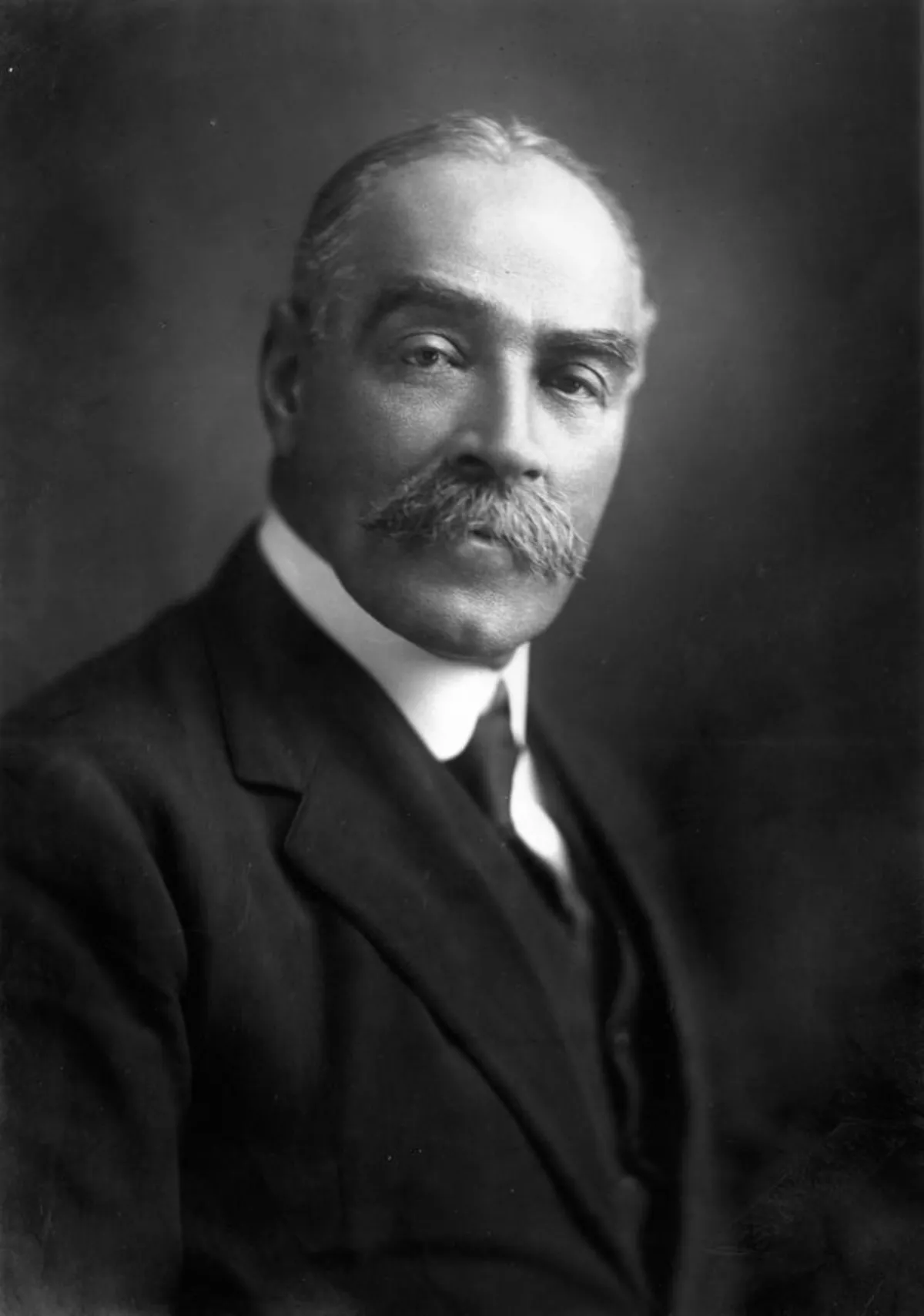 1.
1. Matthew Nathan was Under-Secretary for Ireland from 1914 to 1916, and was responsible, with the Chief Secretary, Augustine Birrell, for the administration of Ireland in the years immediately preceding the Easter Rising.

 1.
1. Matthew Nathan was Under-Secretary for Ireland from 1914 to 1916, and was responsible, with the Chief Secretary, Augustine Birrell, for the administration of Ireland in the years immediately preceding the Easter Rising.
Matthew Nathan was of Jewish descent and the second son of businessman Jonah Nathan and Miriam Jacob Nathan.
Matthew Nathan's brothers were Colonel Sir Frederick Nathan, an officer of the Royal Artillery and sometime Superintendent of Waltham Abbey Royal Gunpowder Mills, and Sir Nathaniel Nathan, a colonial judge in Trinidad and Tobago.
Matthew Nathan continued his training at the School of Military Engineering, Chatham from 1880 to 1884.
Matthew Nathan was sent to military expeditions to Sudan and to Lushai, India.
Matthew Nathan was promoted to the position of captain in 1889 and became the secretary to the Colonial Defence Committee between 1896 and 1898.
Matthew Nathan was appointed acting governor of Sierra Leone from 1899 to 1900.
Matthew Nathan was appointed a Knight Commander of the Order of St Michael and St George in the 1902 Coronation Honours list published on 26 June 1902, and invested by King Edward VII at Buckingham Palace on 24 October 1902.
In 1903, Matthew Nathan was appointed as Governor of Hong Kong, a position he would serve until 1907.
Matthew Nathan built a major thoroughfare in the marshy area of the Kowloon Peninsula; derided at the time as "Nathan's Folly", it developed into a major shopping avenue, afterwards named Nathan Road.
In 1907, Matthew Nathan was made Governor of Natal.
Matthew Nathan was chairman of the Board of Inland Revenue between 1911 and 1914.
Matthew Nathan was appointed Under-Secretary for Ireland in late 1914, shortly after the outbreak of World War I and the signing into law of the Home Rule Act 1914.
Matthew Nathan's job involved liaising with the Irish Parliamentary Party to prepare them for self-government.
Matthew Nathan was concerned with recruiting in Ireland, and received regular reports from the police and military about anti-recruiting and pro-independence activity, including the threat of a German invasion or arms landing in support of an Irish rising.
Matthew Nathan used the Defence of the Realm Act 1914 to suppress newspapers that he considered seditious, against the advice of the IPP In general he avoided any action that might provoke violence.
On 21 April 1916, Matthew Nathan was informed that a German boat had been stopped off the coast of County Kerry carrying arms and ammunition and that a man had been arrested after coming ashore from another vessel.
Matthew Nathan, believing that a rising had been averted, rejected the insistent urging of the Lord Lieutenant, Lord Wimborne, to order the arrest of a large number of rebel leaders and the necessity of raiding premises associated with the Irish Volunteers and the Irish Citizen Army.
Matthew Nathan cabled Birrell, the Chief Secretary, in London regarding Wilborne's demands.
The Castle gates were closed, and the rebels did not press the attack, but Matthew Nathan was a virtual prisoner until troops arrived from the Curragh Camp on Monday evening.
Matthew Nathan remained in the Castle for the rest of the week, where he kept in contact with London, keeping the government up to date with the situation and helping to answer questions in Parliament.